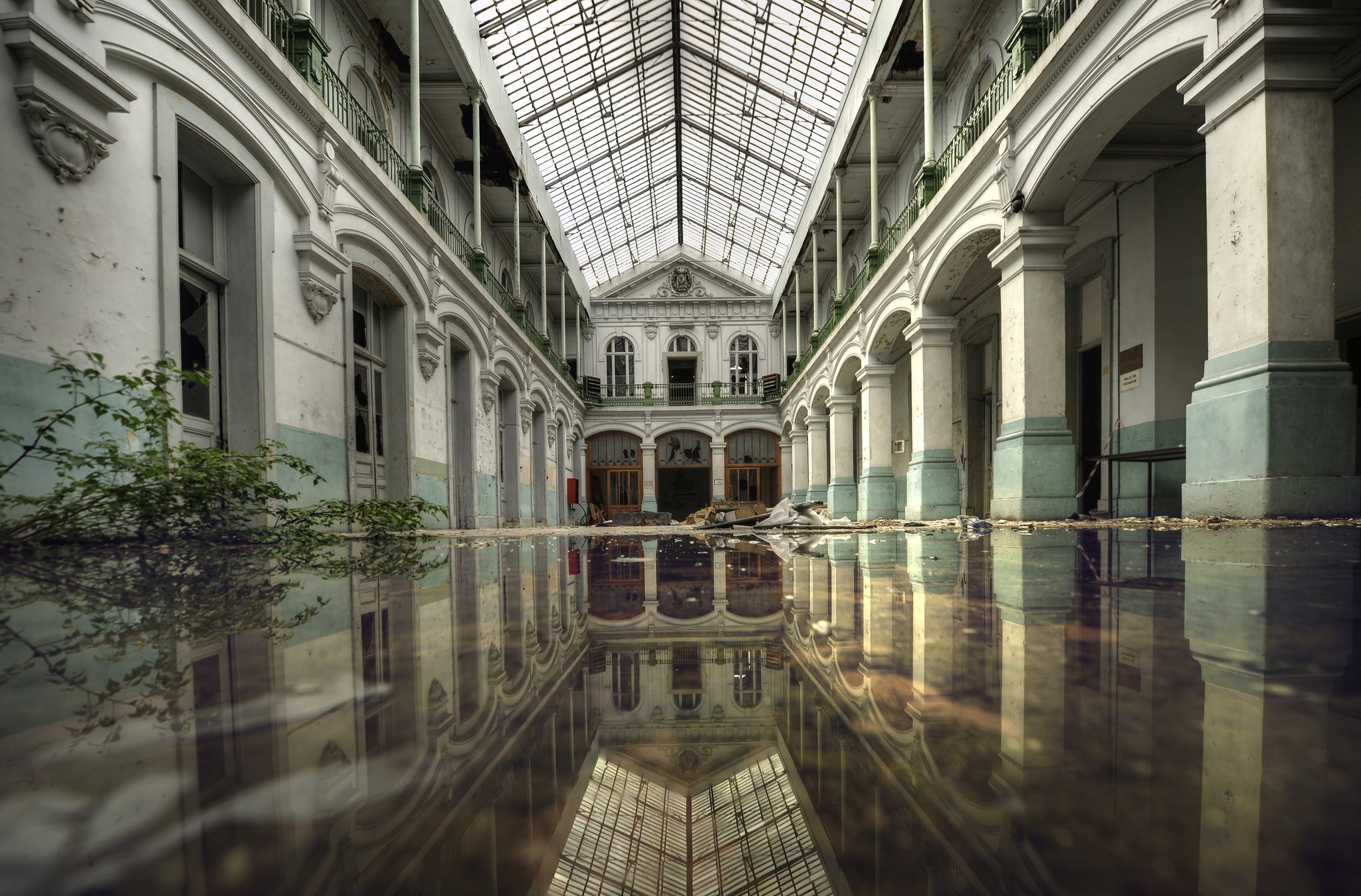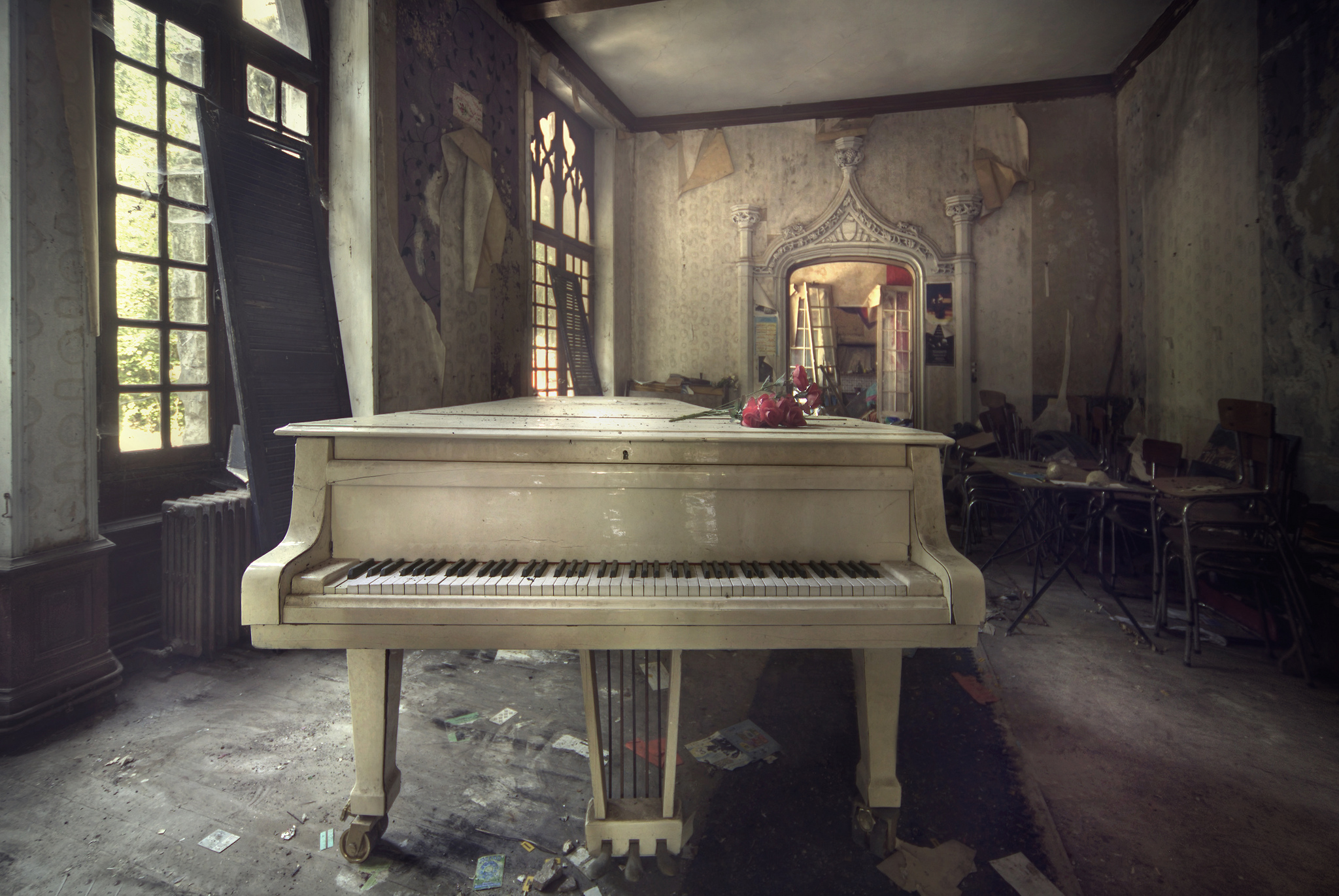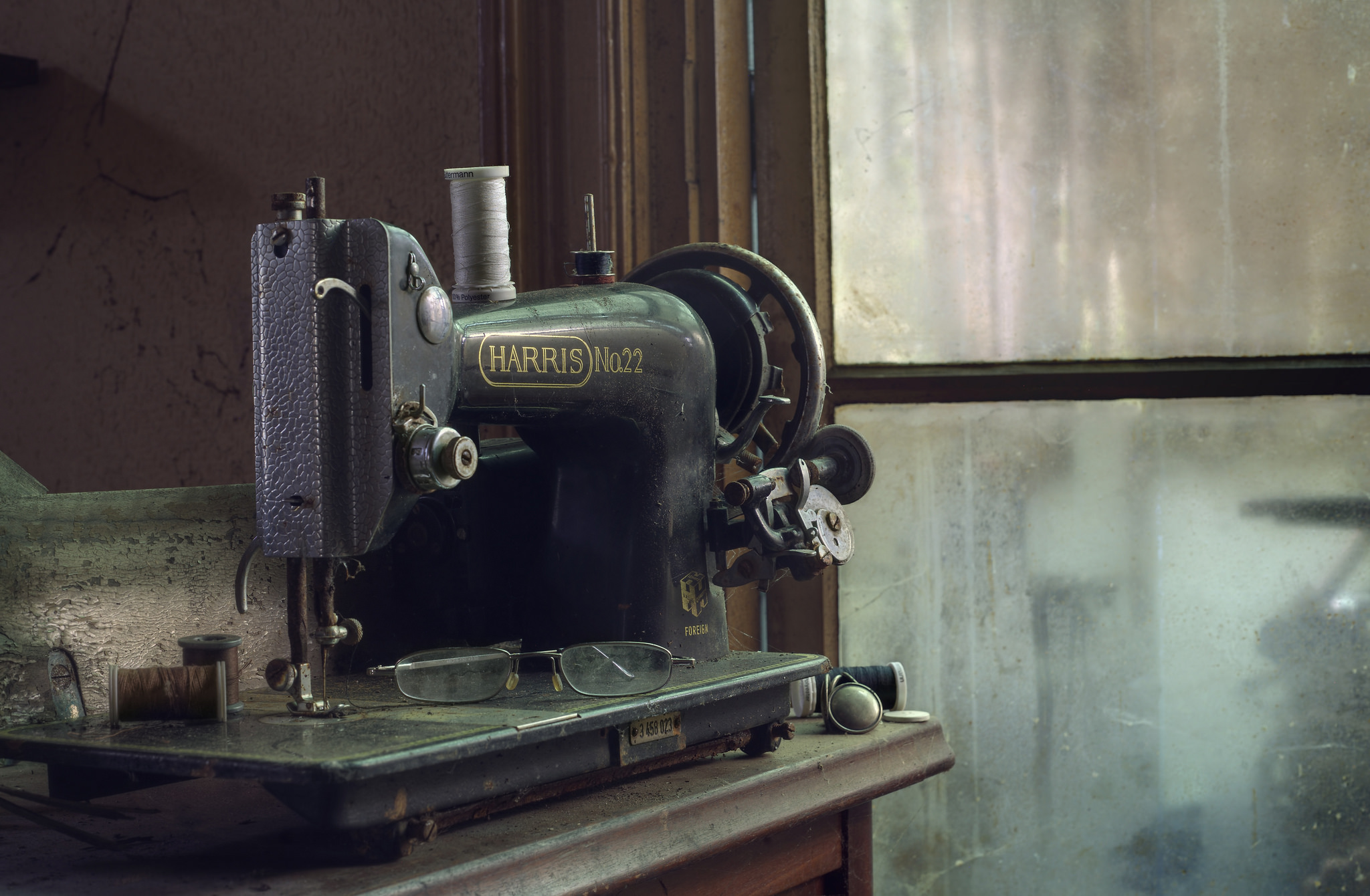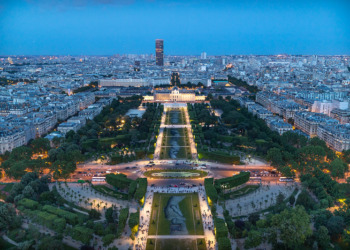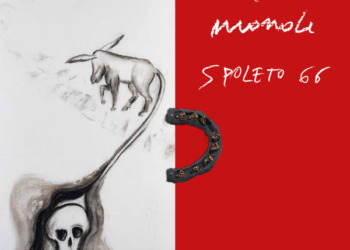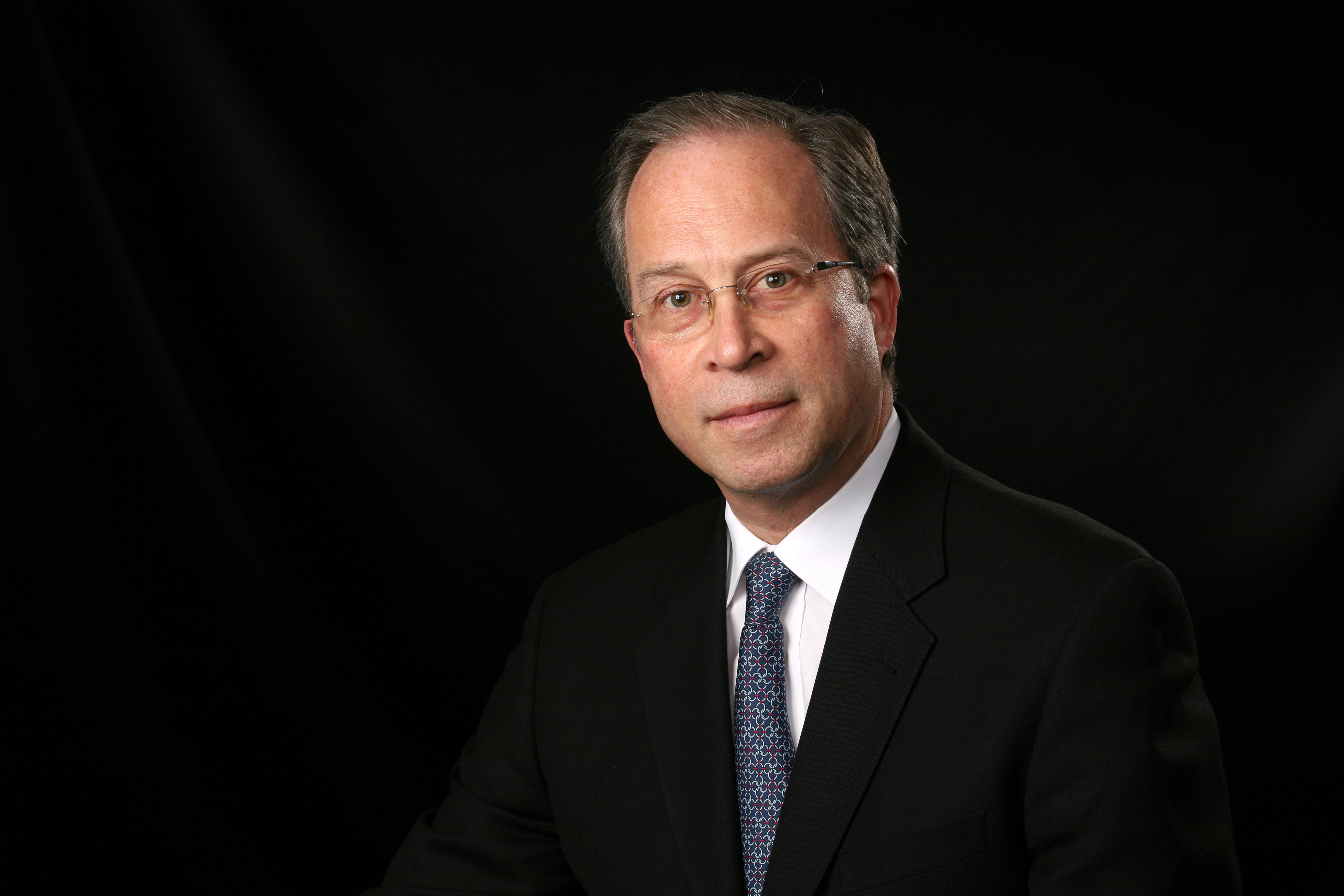Abandoned buildings have been always forbidden places for us, full of mystery and intrigue. Andre Govia, a pioneering worldwide urban explorer, takes us to the magical world of the abandoned hospitals, schools and houses with the astonishing collection of photos he is taking about 17 years. He visited over 22 countries, explored more than 800 locations and published a breathtaking collection of his photos, called “Abandoned Planet”. Andre Govia is not only a passionate adventurous photographer but also a successful cinematographer. He is known for his work on Who Needs Enemies (2013), The Search for Simon (2013) and Essex Vendetta (2016).
Andre, can you tell us how you became a photographer of abandoned buildings?
Andre Govia: One day I noticed that old buildings are often destroyed or vandalized and I said to myself, that it was probably a good time to save what is still inside by taking photos. Since 1999 I have been exploring buildings with exceptional history, fascinating architecture and documenting the beauty of the buildings and their items, like vintage furniture or belongings of owners.
After a few years, I got better and better at photography and I noticed that people actually liked what I was doing. Then I tried to improve my style and started creating a particular atmosphere in my photos. I can recall nine hundred locations, where I have explored abandoned buildings. Besides that, I have been approached by a book company who asked me to share my photos with the world. That’s how the book “Abandoned Planet”, the collection of my photos, was created. It is a properly released book which was successful in the United States of America and I am very happy that other people enjoyed it.
Related article: “#ICAN’TKEEPQUIET“
Why have you decided to focus on cinematic abandoned photography and what challenges have you met on your path as a photographer of abandoned places?
A.G.: I think because everybody is interested in places like this, which are forbidden and considered a taboo. They are curious about what is inside of an old abandoned hospital or a school, but they don’t want to go further inside. We, I and my friends, with whom I usually explore new locations, actually enter buildings and capture what is inside. Of course, there are many challenges on our path, as many locations have security such as, guard dogs or alarm systems. However, if something is dangerous, it is more exciting for me. That’s why I am probably so interested in this type of photography.
I can also say that photography of abandoned places is quite popular nowadays. I assume that over the last 7 years, many people have developed an interest in this craft, which is not only beautiful but also dangerous. Many people have been injured, as abandoned buildings are actually very dangerous places: the construction of the buildings are shaky, floors are weak and there are many strange people inside. Every non-explorer might be an explorer at the heart, but all dangers and risks should be considered.
Every non-explorer might be an explorer athe heart, but all dangers and risks should be taken.
What is your favorite style of abandoned buildings?
A.G.: Older buildings are my favorite. There are a lot of newly built abandoned buildings, but they don’t offer anything exciting to me. They don’t have a remarkable history or an architectural interest. At the end of the day, who wants to look at the picture of something that does not have anything exceptional about it.
What can you say about the atmosphere inside of an abandoned hospital or school? Do you get scared?
A.G.: Well, every location has its own character and it depends obviously on where you are. In an old abandoned hospital it might be quite creepy. More than ever, if you enter this place alone in the middle of the night. Speaking of being scared: no, I don´t get scared. On the one hand, it is an advantage but sometimes I wish I would get scared! It would be more thrilling and exciting for me.
Sometimes when I explore a building alone, I might feel more vulnerable and sad. For example, when I find a beautiful old house and see the past owners belongings, like wedding photos, clothes, books. I ask myself, how did it happen, that a whole family just vanished. It is really sad.
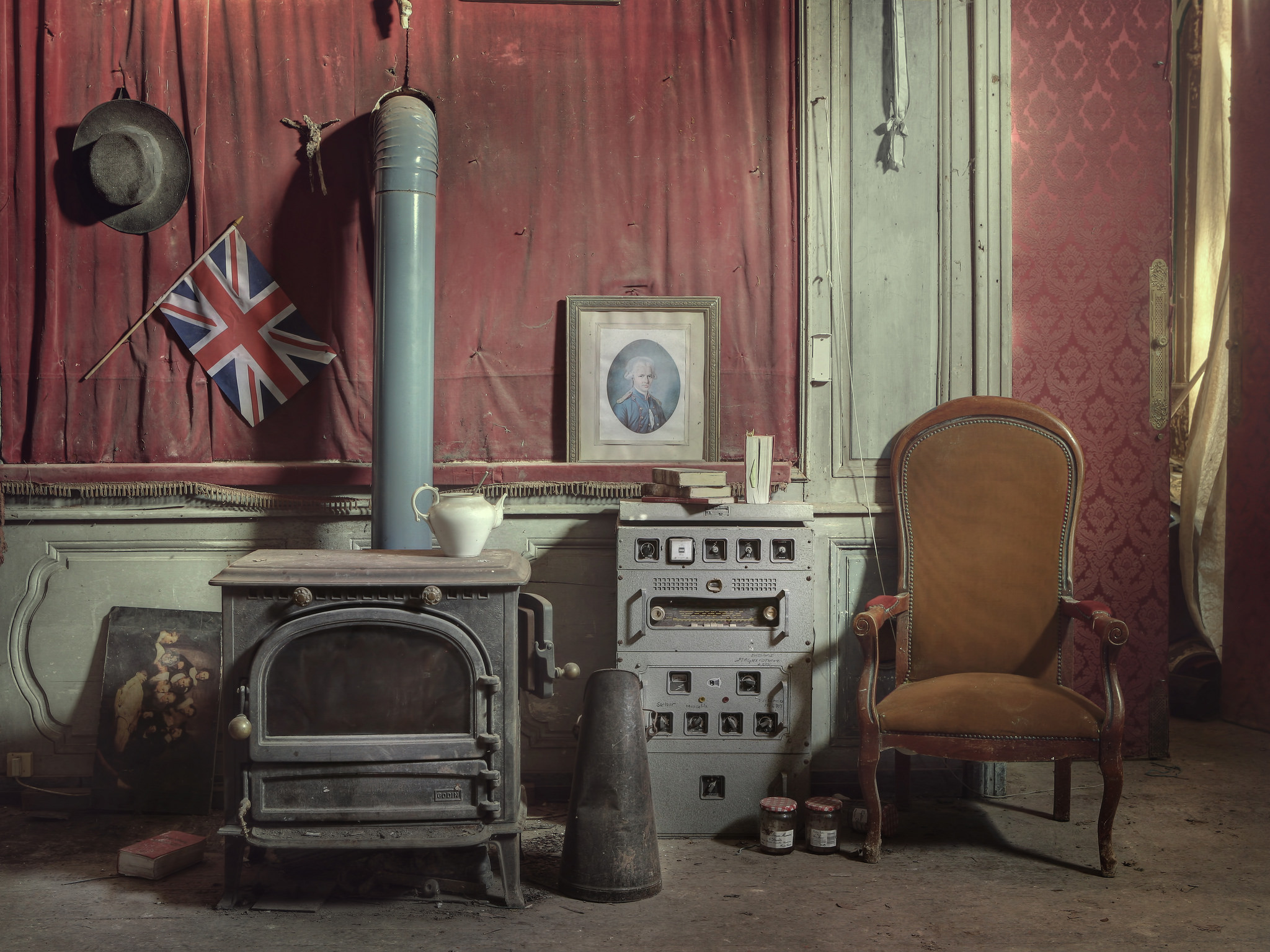 In which countries have you explored abandoned buildings and where can we find them?
In which countries have you explored abandoned buildings and where can we find them?
A.G.: I explore all over the world and I have found beautiful abandoned buildings everywhere, in Germany, France, Poland, United States, and England. Sadly, these buildings do not last very long, they are gone so quickly. Many people ask me to share the locations of abandoned buildings, but I can’t do this. I am happy to give advice, but every explorer should have their own adventure, with their own discovery and research. It is part of the game. Moreover, word of mouth might bring more and more people to these abandoned places, they might be vandalized and lose their beauty and authenticity. Generally speaking, abandoned buildings are around us, you just need to know where they are. You need to do research, build a network and be curious. Being an explorer is not as easy as many people sometimes think. We might leave a house in the middle of the night and sleep inside an abandoned hospital.
You have been doing this project for around 17 years. How do you motivate yourself to keep going?
A.G.: I love it. I will never stop doing it. I have met so many talented people in the last few years and made so many good friends around the world. I think the future holds more of that: more good people, more challenges, more beautiful locations. I enjoy every minute!
Let´s talk about your photos. From the myriad of pictures, how do you choose the best photos?
A.G.: Personally, the composition and light are very important. I love well-taken photos because they represent the subject. In my case, it is the composition, that must be good or the photo becomes boring. If it becomes boring then it does not do its job.
A very good picture is full of details, which makes you look at the picture more and more and be more immersed in the atmosphere of the photo.
To conclude our interview, what is the key to success for you?
A.G.: I think the key to success is to be respectful, balanced, determined to be better, and to lead the way. To be successful, you have to be sociable and you have to be respectful of your surroundings. And you have to be honest, which is a really difficult thing to do.
Recommended reading: “ABSENCE“


